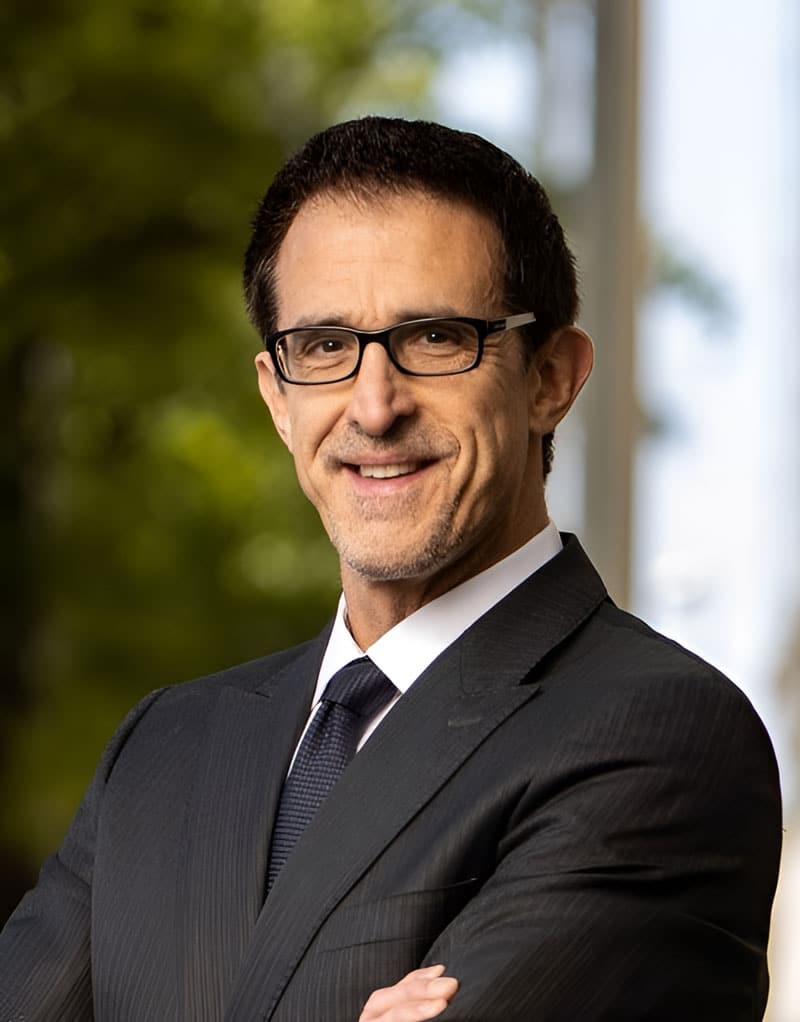The Unspoken Truth: Why Silence Is Sabotaging Your Leadership

In the realm of leadership, we often focus on what is said — the speeches, the directives, the feedback. But what if the real power lies in what remains unsaid? Silence, often overlooked, can be a silent saboteur, quietly undermining your best efforts and stifling the potential of your team.
It’s time to challenge the status quo and embrace the truth: the most important conversations are the ones we’re not having.
The hidden cost of silence
Imagine a meeting where everyone nods in agreement yet leaves with unspoken doubts. Or a project that derails because team members were too hesitant to voice their concerns. These scenarios are all too common, and they come with a hefty price tag. Misunderstandings, missed opportunities, and a lack of trust can cripple even the most promising teams.
According to the CGK National Study on Teams, 49 percent of working Americans believe their company could run just as effectively with half as many teams. This statistic highlights a critical issue: the inefficiency and ineffectiveness that arise when communication is stifled. To combat this, leaders must cultivate an environment where open, honest communication is not just encouraged but expected.
Here are five strategies to Get the Unsaid Said® and transform your team’s communication dynamics.
- Create a safe space for dialogue
Fostering honest communication starts with creating a safe space where team members feel comfortable sharing their thoughts and ideas. This means actively listening without judgment and encouraging diverse perspectives. As a leader, model vulnerability by sharing your own challenges and mistakes. When team members see that it’s okay to be imperfect, they’re more likely to open up.Start meetings with a check-in round where everyone shares one challenge they’re facing. This sets the tone for openness and signals that it’s safe to speak up. - Distinguish between assumptions and facts
One of the biggest barriers to honest communication is the tendency to confuse assumptions with facts. We often operate based on what we think we know, rather than what is actually true. This can lead to misunderstandings and poor decision-making.Encourage your team to practice the “notice versus imagine” technique. Before making a decision, ask team members to identify what they know for sure (notice) versus what they assume (imagine). This simple exercise can prevent costly errors and promote clarity. - Encourage proactive honesty
Proactive honesty means speaking up before being asked. It’s about sharing insights, concerns, and ideas without waiting for a prompt. This level of transparency can significantly enhance team collaboration and innovation.Implement a “proactive honesty policy” where team members are rewarded for bringing up issues or ideas early. Recognize and celebrate those who take the initiative to speak up. - Address the elephant in the room
Every team has its unspoken issues — those topics everyone is aware of, but no one wants to address. These elephants in the room can hinder progress and breed resentment if left unchecked.Regularly schedule “elephant in the room sessions” where team members can anonymously submit topics they feel need to be addressed. Use these sessions to tackle tough conversations head-on and find solutions collaboratively. - Provide constructive feedback
Feedback is a crucial component of honest communication, yet it’s often mishandled. Constructive feedback should be specific, actionable, and delivered with empathy. It’s not about pointing fingers but about helping each other grow.Adopt the “SBI” feedback model — Situation, Behavior, Impact. Describe the situation, explain the behavior observed, and discuss its impact. This approach keeps feedback objective and focused on improvement.
Getting the unsaid said isn’t just about improving communication; it’s about building a culture of trust, innovation, and accountability. As leaders, we have the power to transform our teams by encouraging open dialogue and addressing the issues that matter most. By implementing these strategies, we can tap into the full potential of our team and drive our organization toward greater success.
The CGK National Study on Teams reveals that 90 percent of working Americans feel positive about the teams that they are involved in at work. This positivity can be harnessed and amplified by ensuring that the unsaid is brought to light. Remember, the most powerful conversations are often the ones we avoid.
It’s time to embrace the unsaid and lead with honesty and courage. The future of your leadership depends on it.
Written by Steven Gaffney.
Have you read?
The world’s largest cities by population.
Most Innovative Countries in the World.
Countries by Average Wealth per Person.
Countries with the Highest Age Dependency Ratio.
Bring the best of the CEOWORLD magazine's global journalism to audiences in the United States and around the world. - Add CEOWORLD magazine to your Google News feed.
Follow CEOWORLD magazine headlines on: Google News, LinkedIn, Twitter, and Facebook.
Copyright 2025 The CEOWORLD magazine. All rights reserved. This material (and any extract from it) must not be copied, redistributed or placed on any website, without CEOWORLD magazine' prior written consent. For media queries, please contact: info@ceoworld.biz








